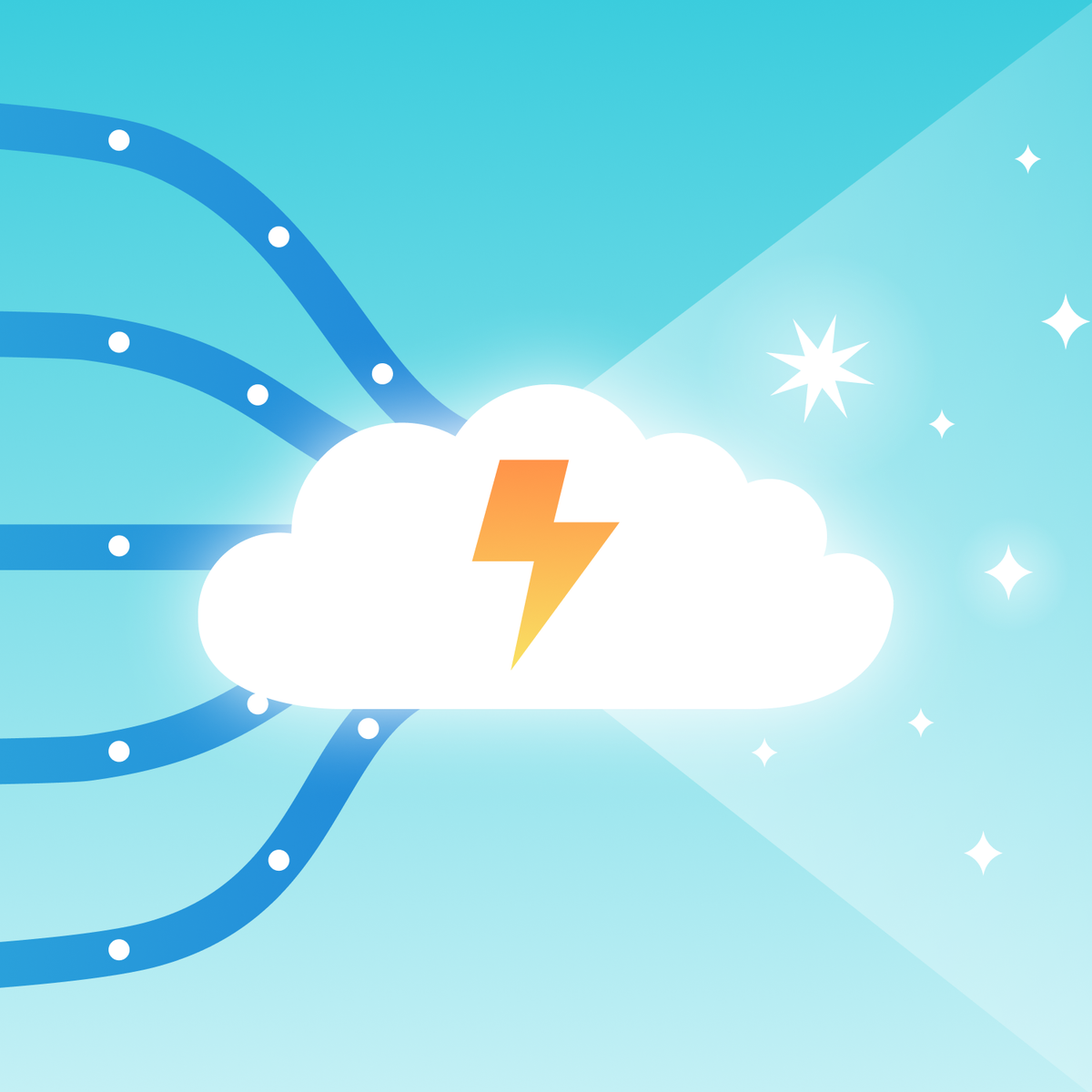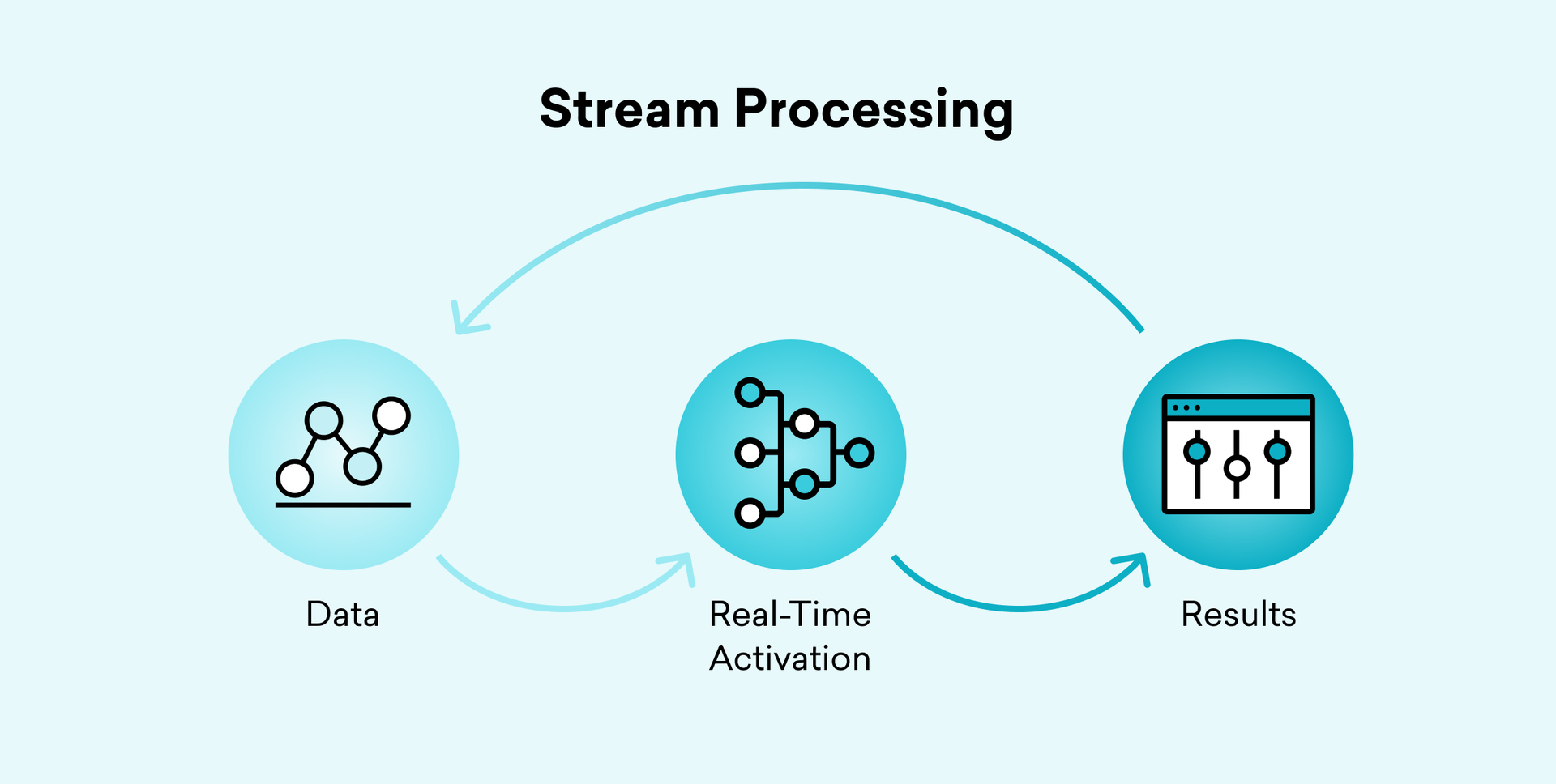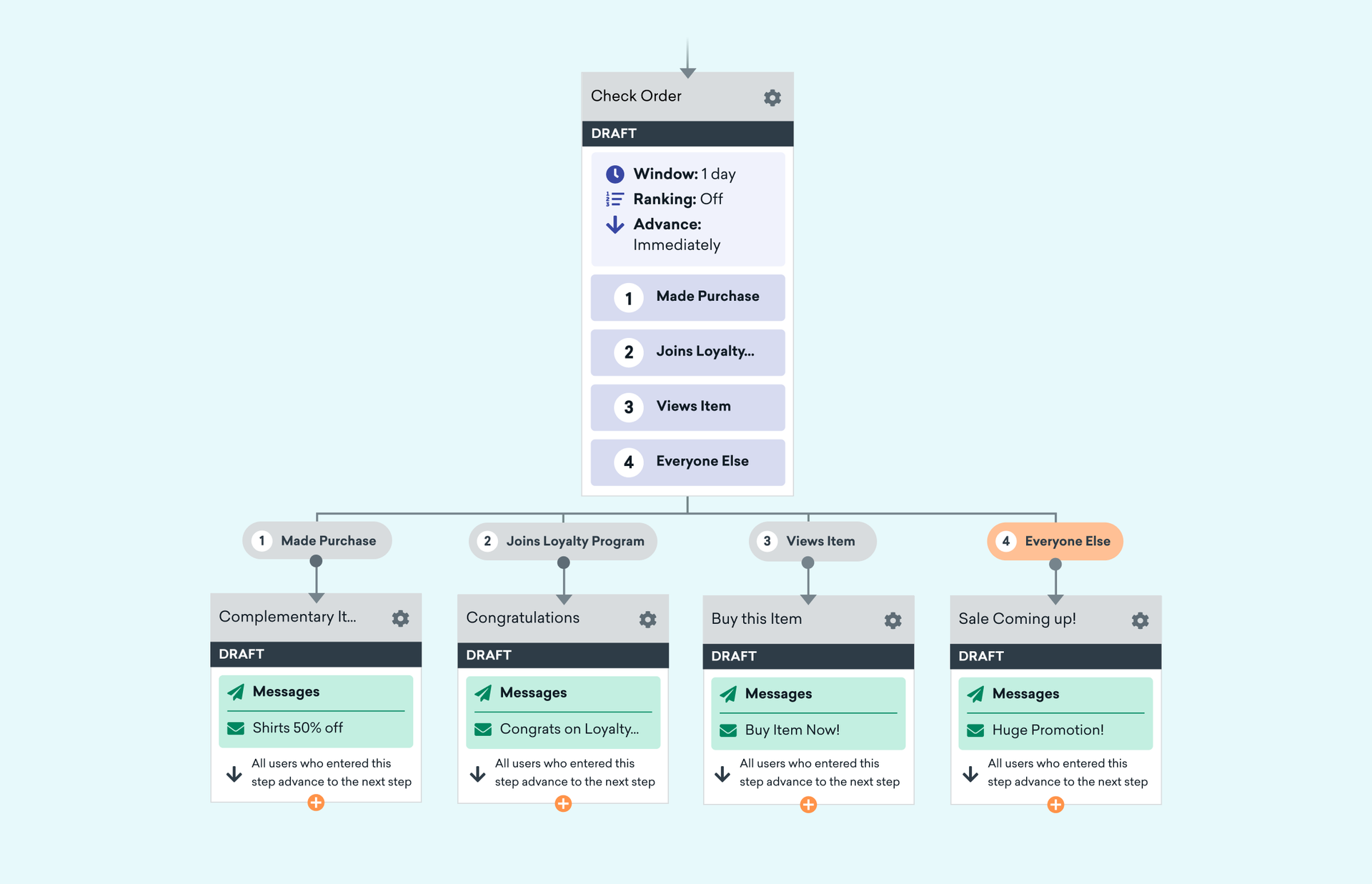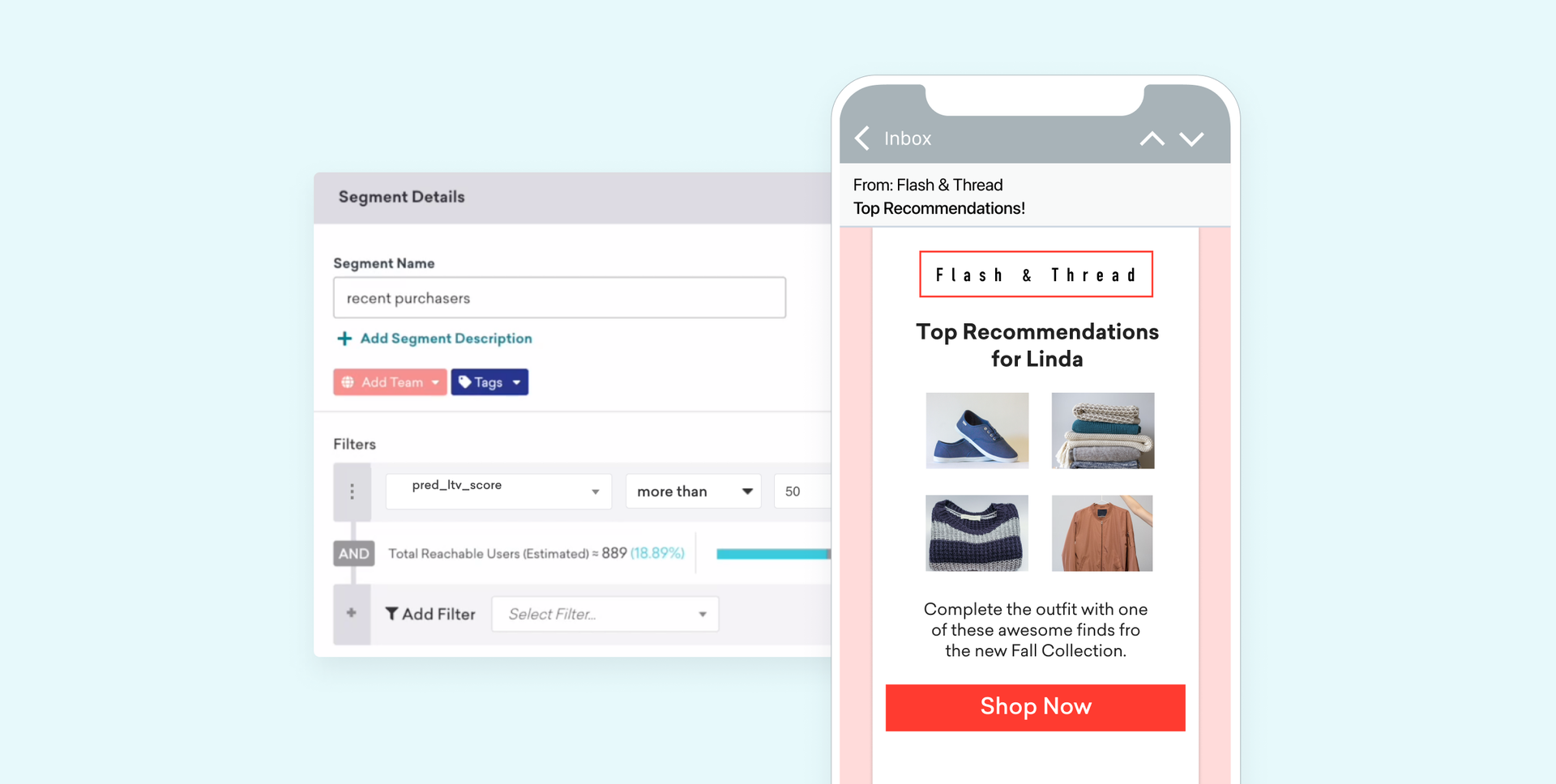What Effective Data Integration and Activation Looks Like
Published on February 21, 2023/Last edited on February 21, 2023/6 min read


Team Braze
Even when the economy isn’t this volatile, brands looking to drive long-term growth face significant challenges. To increase their customer base, they need to build consumer trust; but in our post-iOS 14 world, consumers have growing expectations when it comes to what data is collected and how it’s being handled. Plus, 71% of consumers expect businesses to deliver personalized experiences with the data they collect—and they expect those experiences to be timely, relevant, and virtually frictionless. The upshot? Businesses that fail to meet those expectations will find strong, sustainable growth to be an uphill battle.
But while we’re collecting more data than ever before—with global projections of data expected to double to a whopping 187 zettabytes (ZB) by 2025—data silos continue to keep many brands from being able to execute the kinds of personalized, data-driven experiences their customers crave. So how can brands build out those experiences in effective and scalable ways without ignoring data privacy laws and consumer expectations? By getting their data integration efforts right.
To help out, we’ll take a look at what factors technical leaders should keep on their radar during their data integration journey and walk through a fictional use case demonstrating a best-in-class data integration, showcasing how you can get the most out of your technical teams and your brand’s tech stack.
Getting Your Data Integration Right
Data integration can come with their fair share of challenges. For one thing, many companies are using an array of different point solutions to cover different aspects of their customer engagement program, leading to a costly, ongoing cycle of researching, buying, and integrating. And even if they find a solution they're happy with, brands can still find themselves incurring tech debt that will eventually have to be dealt with, especially if their data needs to be rebuilt or reworked within their existing tech stack.
Last but not least—and probably most soul-crushing of all—is when businesses realize that they invested in a solution that lacks the comprehensive capabilities needed to scale with them as their business grows and evolves. That's an even bigger problem in a challenging business landscape: Uncertain times call for flexible products that can grow with you.
Getting your data integration right is a massive cross-functional undertaking, requiring leadership alignment across Engineering, Product, and IT to activate data from any source, maintain performance and uptime, and create a single, holistic view of the customer. Meanwhile, these teams often have plenty of other KPIs on their roadmap, and can’t afford to have integrations distract from them.
To help you balance these considerations, let’s explore what achieving a seamless customer engagement data integration looks like.
Using Data Integration to Drive Purchases and Retention
When successful—and fictional—direct to consumer (DTC) retailer Flash & Thread set out to drive more purchases and increase customer retention, they knew they needed a successful data integration to make that vision a reality. In order to provide their loyal customers with flexible subscriptions (as well as one-click purchases, bundles, and more), they needed to leverage customer data regarding item size, purchase frequency, and style preferences. Here are the three factors they focused on in order to meet their goals:
#1: Ability to leverage streaming data at any scale.

Ideally, brands should seek out a platform that makes it easy to activate any data from any source, and in any format. For Flash & Thread, that goal was their northstar. When their Marketing team set out to determine which Braze-powered email campaigns were actually driving new purchases, their Data Engineering team leveraged their Snowflake data warehouse to build an in-house, multi-touch attribution model.
But because not every customer spends the same amount, they also chose to build a predictive user lifetime value (LTV) model using that data to understand which users they should target to maximize each campaign’s ROI. To execute on all of this, the company’s technical teams needed to ensure that they could stream data back and forth in real time between Braze and Snowflake. Luckily, they had everything they needed at their fingertips to do just that.
Using Braze Cloud Data Ingestion, a direct data connection from data warehouses to Braze, they were able to auto-stream propensity scores for each user into Braze. Doing so eliminated the need to build a custom pipeline or stream data associated with those scores, and enabled marketers to instantly take action on them via no-code segmentation and dynamic personalization.
2. Ability to test, measure, and optimize as you go.
Putting an extensive data warehouse at your marketing team’s fingertips is just the start. Once you’ve ensured that your tools are talking to each other, it’s time for marketers to take engagement to the next level. For Flash & Thread’s marketing team, that meant using the Braze platform’s Canvas Flow customer journey orchestration tool to boost conversions. They were able to take advantage of Canvas Flow’s Action Paths component to create tailored, next-best actions for users in order to personalize their experience even more deeply without requiring engineering support.

But why stop there? Effective data integration makes it possible for brands to more easily measure the impact of these responsive customer journeys while minimizing the impact on their technical teams. At Flash & Thread, their data engineering team decided to use their Snowflake data warehouse to build an in-house multi-touch attribution model designed to help their Marketing team determine which Braze-powered email campaigns were actually driving new purchases and subscriptions. Then they used Snowflake Data Sharing to auto-surface Braze email engagement data within Snowflake, creating a bi-directional feedback loop that supported continued updates to those predictive models, so the team could continue to optimize on the fly.
3. Minimize reliance on technical teams without sacrificing scale or a best-in-class customer experience.

For companies to deliver the personalized experiences customers expect, an effective data integration prioritizes scale without sacrificing performance. For a startup like Flash & Thread, it was reassuring to know that they could expect the same quality of service and data streaming performance at 100 million users as they had at 100,000 users, all with minimal support from technical teams.
Thanks to the work done by their data engineering team, Flash & Thread’s Marketing team was able to maximize budget allocation in connection with their most valuable email campaigns and improve the LTV propensity models for prospective customers, allowing them to optimize what content to send to drive upsells and increasing overall email performance. Clearly, a unified brand experience doesn’t need to come at the cost of operational efficiency, time, or budget.
Key Takeaway
If you’re looking to meet growing consumer expectations, start by embracing the customer engagement platforms that integrate seamlessly into your stack and empower marketing, engineering, and IT teams to activate the data that matters most. With the right solution in your stack, it’s possible to reduce unnecessary costs and technical debt, and drive higher revenue and retention overall.
Ready to learn how braze can help you activate your data to unlock even more ROI? Check out our Data Integration Guide.
Related Tags
Releated Content
View the Blog
Enterprise generative AI: Transforming data, decisions, and customer experiences

Team Braze

Omnichannel personalization: Delivering consistent, connected customer experiences

Team Braze

Are you AI-savvy enough to survive? A wake-up call for CMOs
